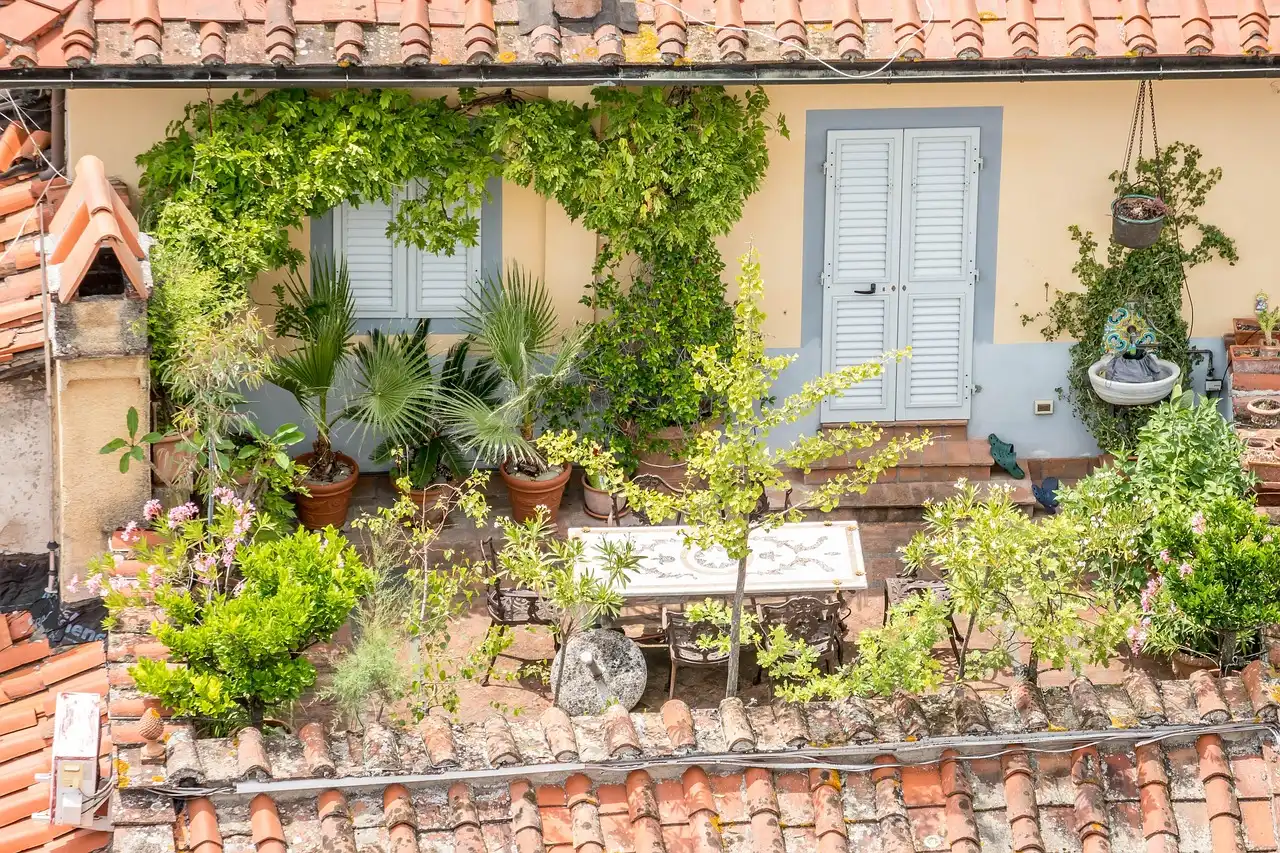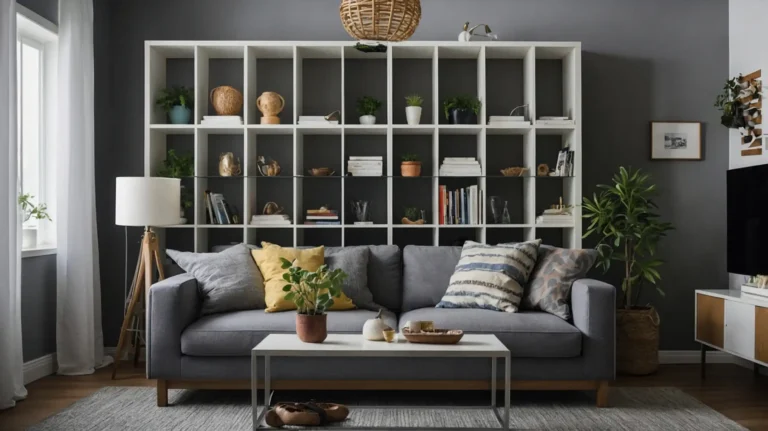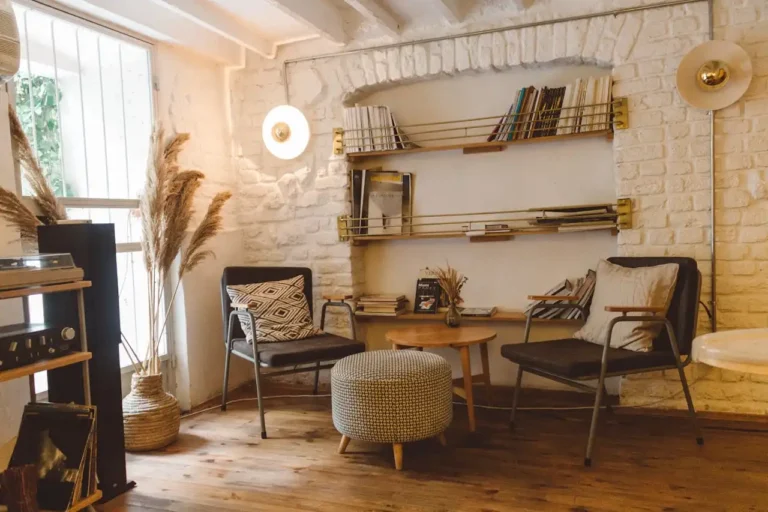How to Build a Terraced Garden
Sloped yards present unique challenges, but you can transform that hillside into a stunning terraced garden. This technique prevents erosion while creating distinct planting areas.
You’ll gain usable space and add dramatic visual appeal to your landscape. Terracing also makes maintenance easier by reducing runoff and creating manageable garden beds.
Plan Your Terrace Design
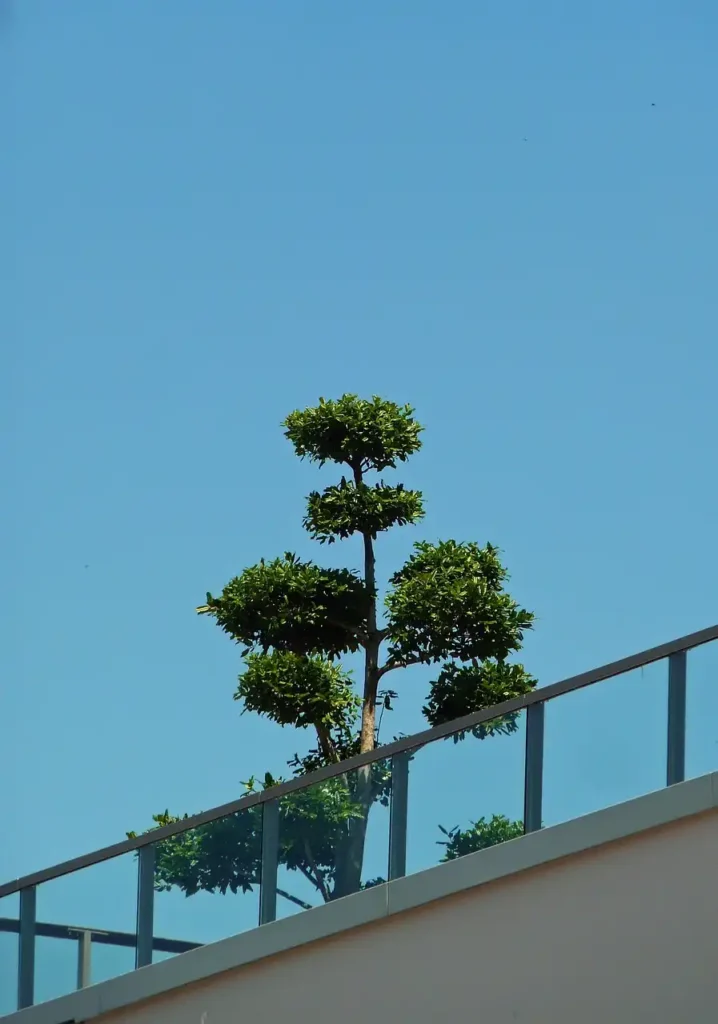
Walk your slope during different times of day to understand how sunlight moves across the area. Note where water naturally flows and pools after rain. This information guides your terrace placement and plant selection.
Measure the slope’s rise and run to calculate how many terraces you’ll need. A good rule of thumb involves creating terraces no higher than 3 feet for stability and easy access.
Sketch your design on paper, marking each terrace level and planned pathways. Consider how you’ll move between levels and where you’ll place steps or ramps.
Plan your materials based on your budget and aesthetic preferences. Stone, timber, or concrete blocks all work well for retaining walls.
Choose Your Retaining Wall Materials
Natural stone creates beautiful, long-lasting terraces that blend seamlessly with the landscape. You’ll pay more upfront, but stone walls often outlast other materials and require minimal maintenance.
Pressure-treated timber offers an affordable option that’s easy to work with for beginners. Cedar and redwood naturally resist rot, making them excellent choices for garden applications.
Concrete blocks provide durability and come in various styles to match your landscape design. Interlocking blocks simplify installation since they don’t require mortar.
Consider your local climate when selecting materials. Some options handle freeze-thaw cycles better than others.
Start Construction from the Bottom Up
Begin with the lowest terrace and work your way uphill. This approach ensures proper drainage and prevents damage to completed sections.
Excavate each terrace area, creating a level foundation for your retaining wall. Remove rocks, roots, and debris that could interfere with construction.
Install a gravel base beneath your retaining wall for proper drainage. This layer prevents water buildup that could cause your wall to shift or fail.
Build each retaining wall slightly tilted backward into the slope for stability. This technique, called battering, helps your wall resist soil pressure.
Install Proper Drainage Systems
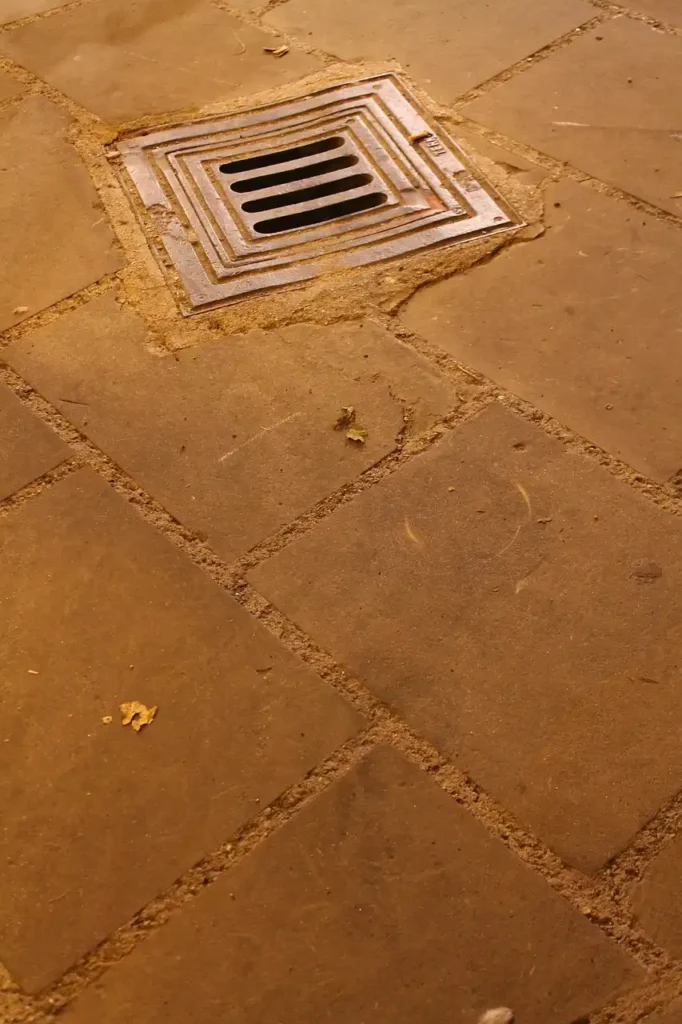
Add a drainage layer of gravel behind each retaining wall before backfilling with soil. This prevents water from building up and putting pressure on your structure.
Install perforated drainage pipe at the base of taller retaining walls. Connect these pipes to a drainage outlet to channel water away from your terraces.
Create weep holes in retaining walls taller than 2 feet by leaving gaps between stones or blocks. These openings allow water to escape and reduce pressure buildup.
Slope each terrace slightly toward the front edge to encourage proper water flow. This prevents pooling while directing runoff to your drainage system.
Prepare Soil for Each Level
Import quality topsoil to fill your terraced beds since excavation often removes good growing medium. Mix this with compost to create rich, well-draining soil.
Test your soil pH and adjust as needed for your planned plants. Most vegetables and flowers prefer slightly acidic to neutral soil between 6.0 and 7.0.
Add organic matter like aged manure or compost to improve soil structure and fertility. This step becomes especially important in newly constructed terraces where soil may be compacted.
Allow your filled terraces to settle for several weeks before planting. Water them thoroughly during this period to help soil compact naturally.
Select Plants for Each Terrace Level
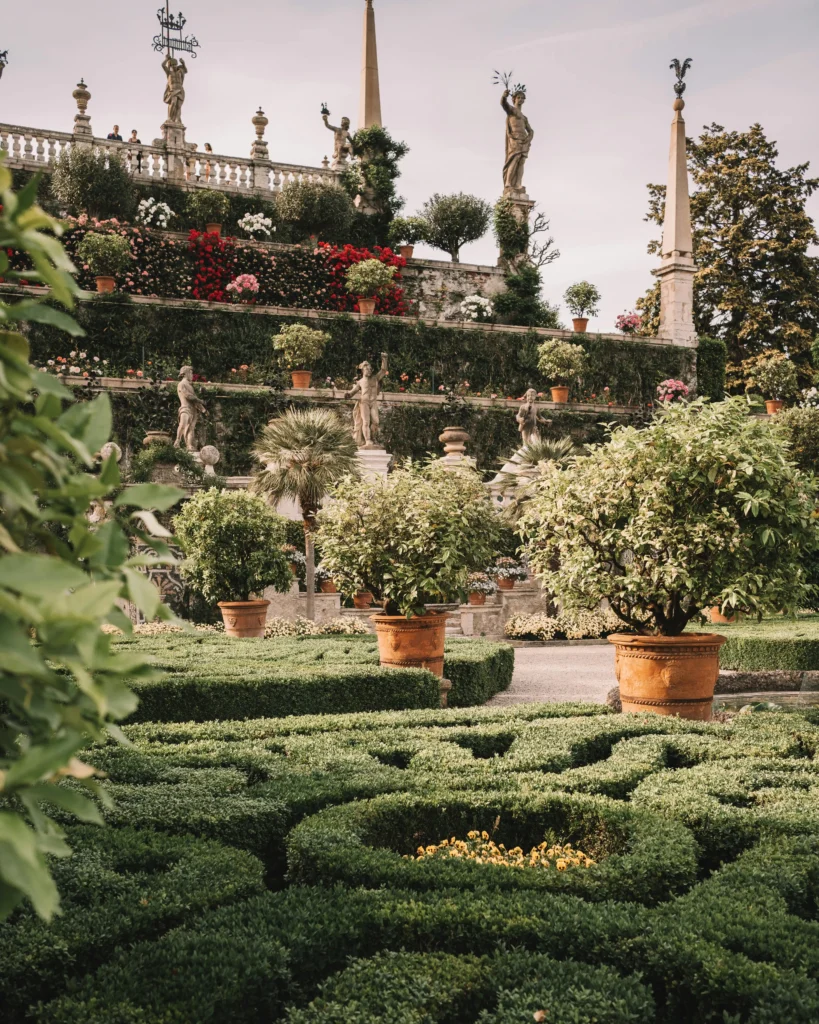
Choose plants based on the specific conditions of each terrace level. Upper terraces typically receive more sun and drain faster than lower ones.
Plant larger specimens like shrubs and small trees on lower terraces where their root systems won’t destabilize retaining walls. These plants also provide visual weight at the garden’s base.
Use groundcover plants on steep areas between terraces to prevent erosion. Plants like creeping phlox or pachysandra spread quickly and hold soil in place.
Consider seasonal interest when selecting plants for each level. Stagger bloom times and include evergreen plants for year-round appeal.
Maintain Your Terraced Garden
Inspect your retaining walls regularly for signs of movement, cracking, or damage. Address small problems immediately before they become major structural issues.
Water terraced gardens more frequently than flat gardens since drainage happens faster. Deep, less frequent watering encourages strong root development.
Mulch each terrace to retain moisture and suppress weeds. Organic mulches break down over time and improve soil quality.
Prune plants regularly to prevent them from becoming too heavy for their terrace location. Overgrown plants can stress retaining walls and compromise stability.
Conclusion
Your terraced garden will transform unusable slope into beautiful, functional growing space while preventing erosion naturally and effectively.

